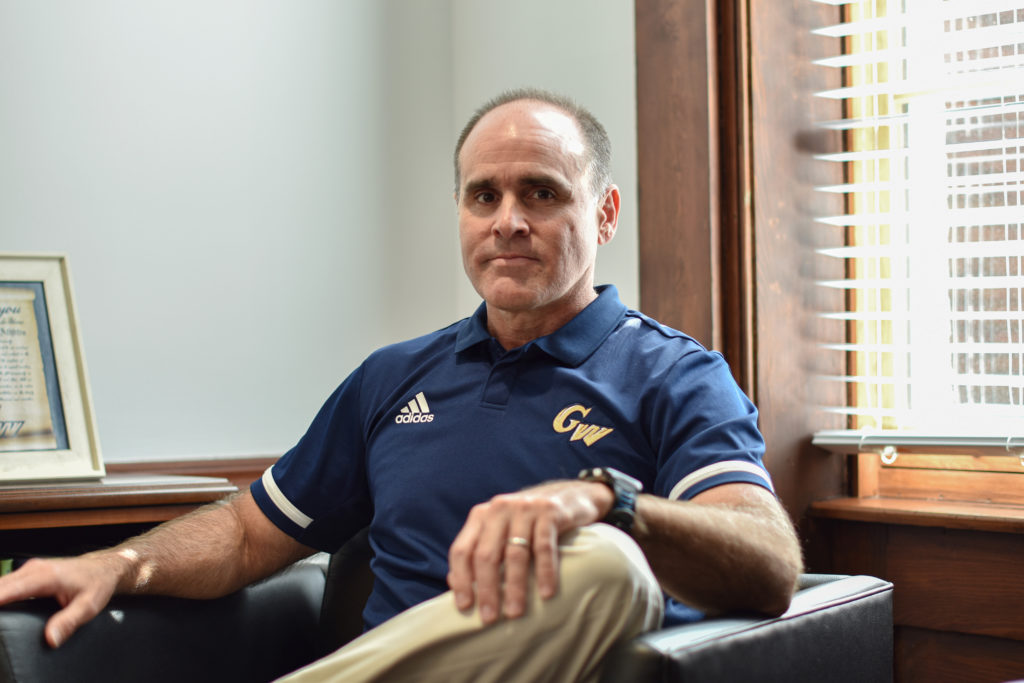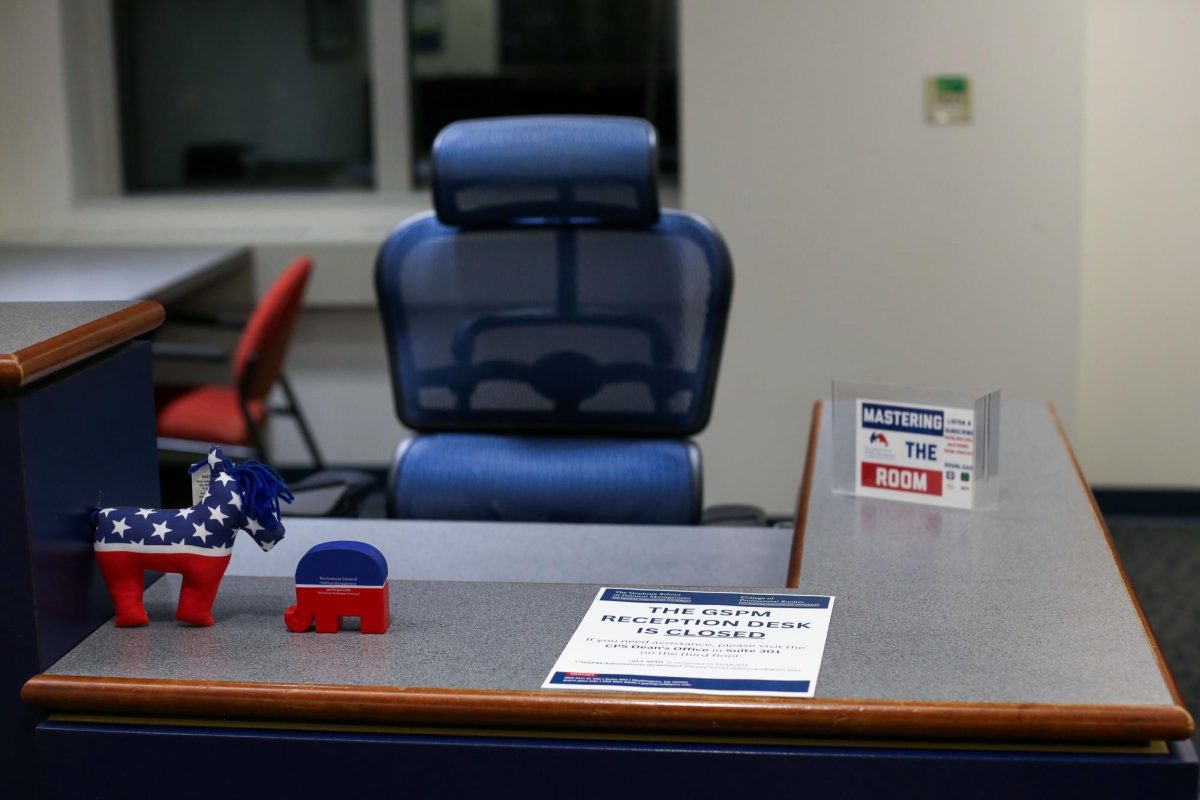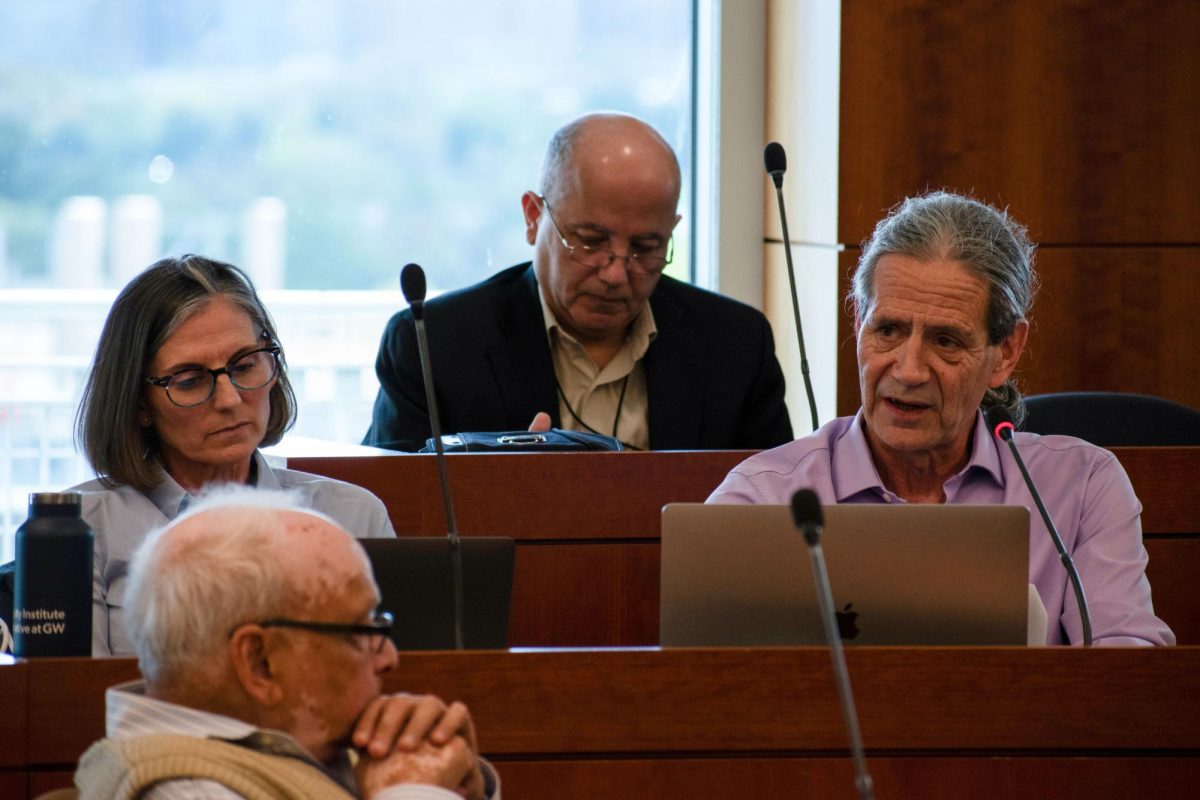Standard and Poor’s Global Ratings affirmed GW’s “A+” rating, according to a report and University release earlier this month.
S&P Global Ratings, a Manhattan, New York-based credit rating agency, designates GW as having the capability to meet its financial obligations and commitments but being somewhat susceptible to “changes in circumstances and economic conditions” during the COVID-19 pandemic. The A+ rating provides a signal of confidence in GW’s financial standing as officials mitigate the $180 million annual budget gap caused by the pandemic and enrollment shortfalls.
The rating by S&P mirrors a similar report released by Moody’s in October, which also affirmed GW’s positive financial outlook even as the agency downgraded its outlook for the higher education industry as a whole.
“The positive assessments and stable outlook from S&P and Moody’s are important external validations of the University’s financial strength and our ability to continue to support our core academic mission far into the future,” University President Thomas LeBlanc said in a release.
Executive Vice President and Chief Financial Officer Mark Diaz said the reports by Moody’s and S&P are welcome news for GW administrators and investors amid contractions in the industry during the pandemic.
“Giving us a stable outlook in an industry where there is inherent turbulence, even before the pandemic that has just now maybe exacerbated some of it, to me, says a lot about where GW is,” Diaz said.
He added that administrators responded to the pandemic by matching GW’s expenditures to what would be possible with the University’s “conservative” revenue projections as classes remained online with the majority of students not returning to campus.
“It’s not that the pandemic took us off guard,” Diaz said. “There’s a number of things that we were looking at in terms of, improving the business process and eliminating inefficiencies and redundancies.”
Although the student experience looks different during the pandemic, Diaz said officials are working to still make GW an attractive option for current and prospective students.
“We were looking at a number of those things across the University and where we can also enhance the value proposition,” he said.
Diaz said short of unexpected shifts in enrollment, like a large number of students leaving GW or refusing to take virtual courses, the University’s financial structure should be able to remain stable without taking “extraordinary action.”
“With bringing a thousand more students on campus in the spring, that really is an effort to make sure that we continue to build our capability,” Diaz said. “So we might, if we’re caught in a similar situation in the fall, have at least the opportunity to consider bringing more residents back.”








